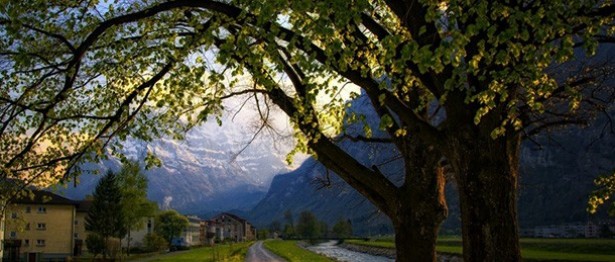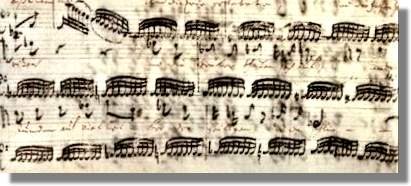
Bach, Prelude BWV 1007 (TAB)
Transcription and Fingering: Renato Bellucci
 Preludes are, generally speaking, "appetizers" for the suite. They introduce the key and many musical ideas which will be developed in the movements (dances) that will follow.
Preludes are, generally speaking, "appetizers" for the suite. They introduce the key and many musical ideas which will be developed in the movements (dances) that will follow.
This description is probably very accurate especially since it comes from a time when music was not a free art form but was strictly associated to other activities such as dance or prayer. The praeambula was the first spark of an amazing revolution which would be coined in the words art music.
Bach was the essence of art music. He dedicated all his work to God but to Johannes, music was meant "to be worthy of" God. Therefore, when his genius was freed from the strict musical forms of the time and was allowed to wander in a free form such as the prelude, semi-miracles would result.
This is the reason why Bach preludes can stand alone as great masterworks. The soul of the composer stands out in every measure.
Bach Manuscript
In Bach's case, Preludes acquire such a dimension that they stand alone as complete units, displaying all the German genius' creativity and spirit.
Staff and Video 11
The arpeggios come to an unexpected halt. The A is the place where Bach wanted the antique Cello players to stop and tune theit instruments. Tuning was an issue before nylon appeared in the twentieth century. Most Cellos were out of tune this long into the piece. Bach was demanding a new generation of players and luthiers. Strings, were mainly manufacuted from the guts of animals. It is so true: "Bach never heard his music so well played as it is played today". The pause adds granditude though and it opens the door to a long run written in a style which will be seen again in the writing of Beethoven over 100 years after.
Video 11
Staff and Video 12
The style consists in playing a few notes from the run (7-10 notes), than go a few notes back and play another set of notes. A B C# D E F# G / C# D E F# G A Bb (see measure 1).
Video 12
Staff and Video 13
Notice the amazing curve that the melody follows in measure 1.
Video 13
Staff and Video 14
The prelude calls for the little crescendo at the end of measure 1.
Video 14
Staff and Video 15
Video 15
The 2 stressed notes at the end of each descending run, add counterpoint and direction to the section.
Complementary Video
Revision: Asunción, December 15, 2012
 Back to Top
Back to Top










